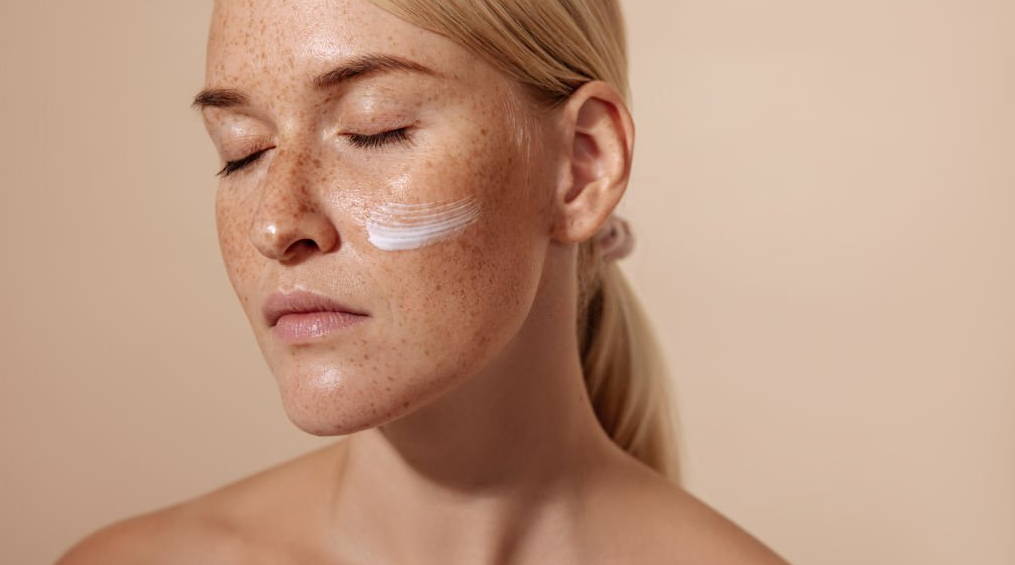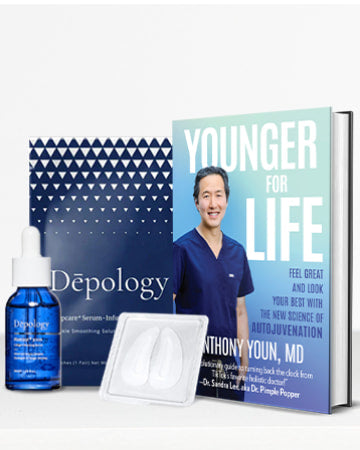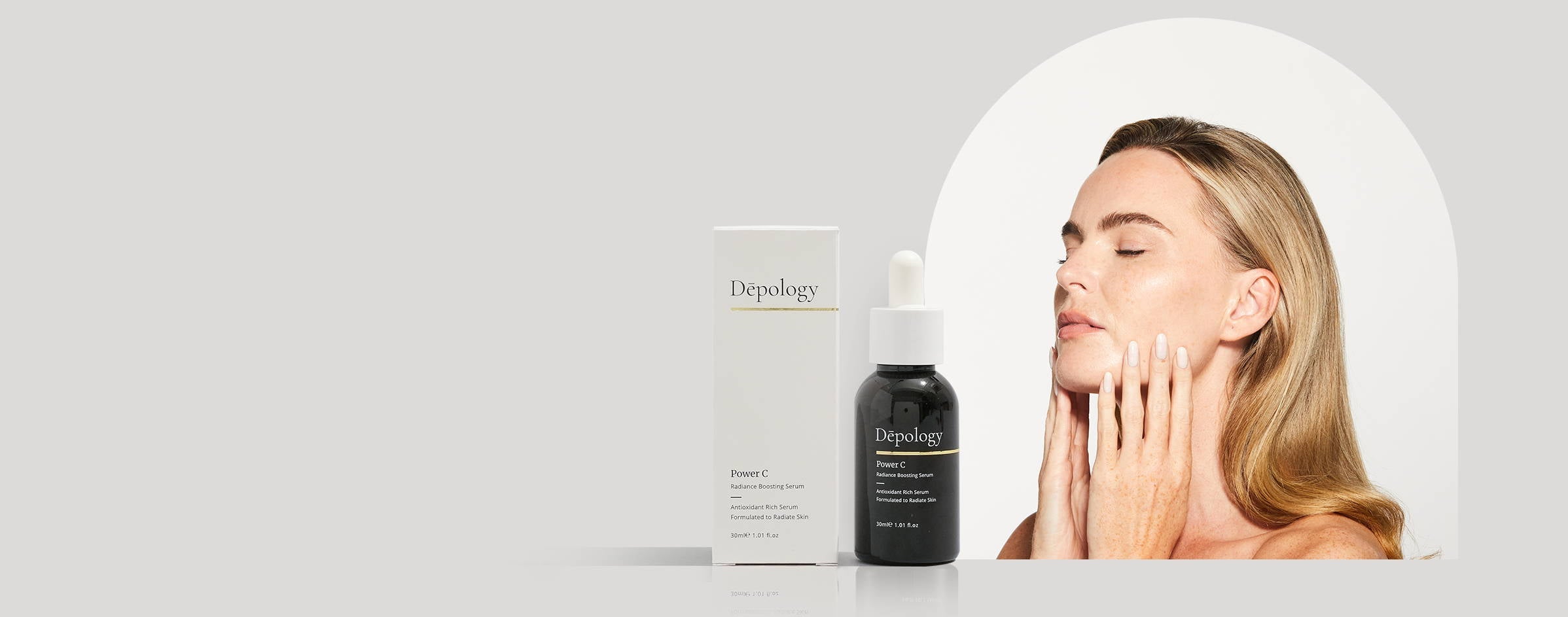
Adapalene vs Tretinoin: Whats The Difference?
The intricacies of skincare can often seem like navigating through an endless maze, with each turn introducing a new ingredient, each claiming to be the elixir for youthful, radiant skin. In the realm of retinoids, two names consistently emerge from the crowd: Adapalene and Tretinoin. As these two powerhouses frequently end up in the same conversation, let’s dissect their differences, potentials, and decide which might be the champion for your skincare routine.
What is Adapalene and what does it do?
Adapalene is a topical retinoid medication used to treat acne vulgaris. As a third-generation retinoid, it is less irritating than older retinoids. Adapalene works by unclogging pores and reducing inflammation, making it effective for acne.
It works by:
- Acne Treatment: Effective for blackheads, whiteheads, and inflammatory acne.
- Cell Turnover / Keratinization: Promotes exfoliation and prevents clogged pores.
- Anti-Inflammatory: Reduces redness and swelling.
- Collagen Stimulation: May help reduce fine lines over time.
- Hyperpigmentation Reduction: Helps fade dark spots caused by acne.
- Comedolytic Action: Prevents formation of comedones (clogged pores).
- Less Irritation: Gentler compared to other retinoids.
Adapalene is considered both effective and gentle, and is available over-the-counter, making it accessible and affordable.
Adapalene vs Tretinoin: What’s the difference?
Adapalene and Tretinoin are both Vitamin A derivatives used for acne and anti-aging. Tretinoin is stronger, prescription-grade, and more effective for wrinkles and sun damage. Adapalene is gentler and recommended for acne-prone or sensitive skin.
Is Adapalene good for wrinkles?
Yes, Adapalene helps with cell turnover and may improve fine lines. Although not as strong as Tretinoin, its lower irritation makes it a good option for beginners or sensitive skin.
How to layer Adapalene in your skincare routine:
To maximize results and minimize irritation:
- Cleanse with a gentle cleanser.
- Toner (non-exfoliating, soothing).
- Hydrating serums (water-based, e.g., HA, peptides).
- Apply Adapalene – pea-sized amount on dry skin; avoid eyes/mouth.
- Oil-based serums (optional) layer after Adapalene.
- Moisturizer to soothe and hydrate.
- SPF in the morning.
When is it best to use Adapalene – Morning or Night?
Nighttime is recommended because:
- Sun Sensitivity: Retinoids increase UV sensitivity.
- Better efficacy: UV light can degrade retinoids.
- Less interaction: Fewer products used at night.
Tips:
- Avoid combining with Vitamin C, AHAs, BHAs, or benzoyl peroxide in the same routine.
- Use Vitamin C in the morning and Adapalene at night.
- Consult a dermatologist if you have sensitive skin.
Retinol vs Adapalene
Retinol is milder and best for general anti-aging. Adapalene is stronger for acne and better tolerated than retinol. For anti-aging alone → choose retinol. For acne + some anti-aging benefits → choose Adapalene.
Recommended Retinol: Anti-Aging Retinol Night Cream
What are the possible side effects of Adapalene?
- Dryness & Flaking
- Redness
- Burning or stinging
- Sun sensitivity
- Itching
- Purging phase (temporary acne worsening)
- Swelling or blistering (rare)
- Eczema flare-ups
Tips:
Always patch test and consult a dermatologist for personalized advice.
Can you use Adapalene while pregnant?
No. Adapalene absorbs into the skin and may harm an unborn baby. Do not use if pregnant or planning pregnancy.
Conclusion: Should I use Adapalene or Tretinoin?
Both are powerful retinoids. Adapalene is gentler and great for acne; Tretinoin is stronger for anti-aging and sun damage. Choose based on your skin concerns, and consult a dermatologist for guidance.













